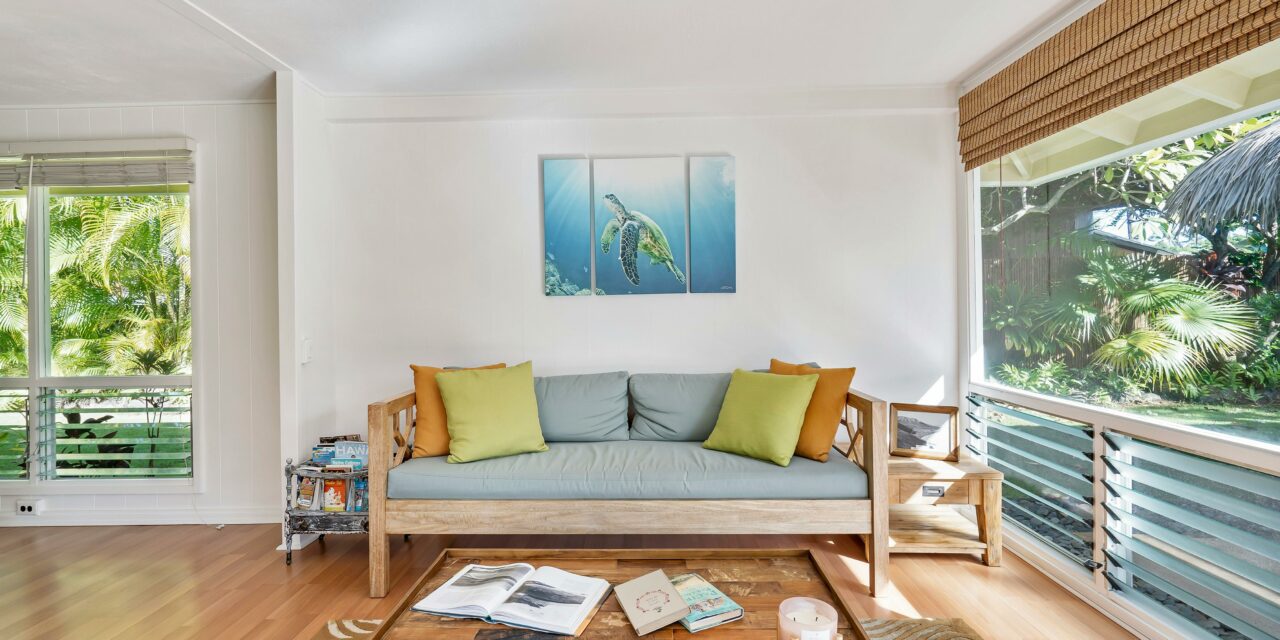Has your home started to feel a bit dated? Or perhaps the space that needs to be your ultimate haven is no longer meeting your evolving needs. Whether it’s the wear of time or a shift in your lifestyle, refreshing your home’s interior can breathe new life into your living space. Now, if you live in a place like Clearwater, FL, where the rainy season extends nearly year-round, considering the local climate is crucial when planning an interior renovation. Moreover, such a climate makes home renovations essential, not just a luxury.
This article outlines ten steps and useful tips to guide you through the process of transforming your home effectively and efficiently.
1. Define Your Vision and Goals
The first step in any home renovation is to clearly outline what you hope to achieve. Start by evaluating your current space—what works, what doesn’t, and what could be improved. Consider your aesthetic preferences, but also think about functionality. Do you need more open spaces for entertaining? Are you aiming for a more modern or perhaps a classic look? Establish clear goals. This helps in maintaining focus throughout the renovation process and ensures every decision contributes to your overall vision.
2. Inspect for Water Damage
Especially in cities like Clearwater, where moisture and water exposure can be significant due to the weather, inspecting for water damage is a critical step before beginning any interior updates. Water damage can lead to mold, structural issues, and other costly problems if not addressed. Hiring a professional Clearwater water damage restoration company can be a wise investment. These experts can assess the extent of any damage, perform necessary repairs, and ensure that your home is safe and sound for further aesthetic enhancements. This proactive step not only protects your investment but also prevents future renovation setbacks.
3. Set a Realistic Budget
When it comes to home renovations, you must never overlook financial planning. After assessing the scope of your project, allocate a budget that covers all expected costs—and include an extra 10-20% for unforeseen expenses. Research the costs of materials, labor, and any professional services you might need. Setting a realistic budget will help you make informed decisions about what changes you can afford, prioritize spending, and avoid financial stress down the line.
4. Plan Your Space
Effective space planning is essential to maximize both the functionality and aesthetic appeal of your home. This might involve rethinking the layout of rooms, removing or adding walls, and considering the flow between various areas. Utilize design tools or consult with an interior designer to visualize your ideas and explore different configurations. Remember to take into account practical aspects like the placement of electrical outlets, natural light sources, and traffic patterns in your home.
5. Choose Durable Materials
Choosing the right materials is crucial, especially in a humid climate like Clearwater. Opt for materials that can withstand moisture and are known for their durability. In areas like the kitchen or bathroom, consider using water-resistant flooring options such as porcelain tiles or luxury vinyl. For countertops, materials like quartz can provide both beauty and resilience against staining and scratches. Why is there an emphasis on selecting high-quality, durable materials? While the upfront costs might be high, investing in these materials can enhance the longevity of your renovation and ensure your home remains beautiful and functional for years to come.
6. Focus on Lighting
Lighting can unarguably transform the aesthetic and functionality of your home. It’s highly recommended to incorporate a mix of ambient, task, and accent lighting to cater to different needs and moods within each space. Ambient lighting will light up the entire room, task lighting focuses on specific areas for activities like reading or cooking, and accent lighting highlights architectural features or artwork. Additionally, incorporating dimmers can allow for adjustable light levels to suit various times of the day or activities, enhancing both the ambiance and energy efficiency of your home.
7. Update or Replace Windows
For homeowners in climates similar to Clearwater, FL, where rain and humidity are prevalent, the condition of windows is crucial. Old or inefficient windows can lead to increased energy bills and discomfort from heat or cold. So, out with the old windows. Replace them with new, energy-efficient models that offer better insulation and noise reduction. This not only helps maintain a comfortable interior climate but also contributes to energy conservation, which can significantly reduce your utility expenses over time.
8. Choose Eco-Friendly Options
In today’s environmentally conscious world, selecting sustainable materials and products for your renovation can have a long-lasting impact on your home and the planet. Wouldn’t you want your home to be a participant in the campaign for more sustainable living? Look for eco-friendly paint, which has lower volatile organic compounds (VOCs), and sustainable flooring options like bamboo or recycled wood. Additionally, incorporating smart home technologies such as programmable thermostats or energy-efficient appliances can further reduce your home’s carbon footprint while saving money on energy costs.
9. Decorate Wisely
The decoration phase brings your renovation to life and personalizes your space. Choose color schemes that reflect your personal style, but also consider the psychological impact colors can have on mood and space perception. For instance, light colors can make a small room feel bigger and brighter. Select furniture that complements the scale of each room to avoid overcrowding. Moreover, invest in high-quality pieces that will endure the wear and tear of daily life, especially in busy areas like the living room and kitchen.
10. Plan for Disruptions
Home renovations can disrupt your daily routines significantly. Prepare for the impact of construction on your household by setting up a temporary kitchen if your main cooking area will be out of use or arranging for alternative accommodations if the disruptions are extensive. Additionally, maintain regular communication with contractors to ensure a clear understanding of the project timeline and potential delays. Planning for these disruptions will help minimize stress and make the renovation process more manageable.
Conclusion
This article makes it clear that renovating your home (even if it is just the interior) is a substantial commitment that requires thoughtful planning and strategic decision-making. By focusing on these areas and considering these factors, you can ensure that your renovation project not only enhances the aesthetic and functionality of your home but also promotes a sustainable and comfortable living environment. It’s a win-win for you and the planet.
So, follow these steps to ensure a successful completion of your renovation and enjoy a refreshed home that meets both your aesthetic preferences and practical needs.










